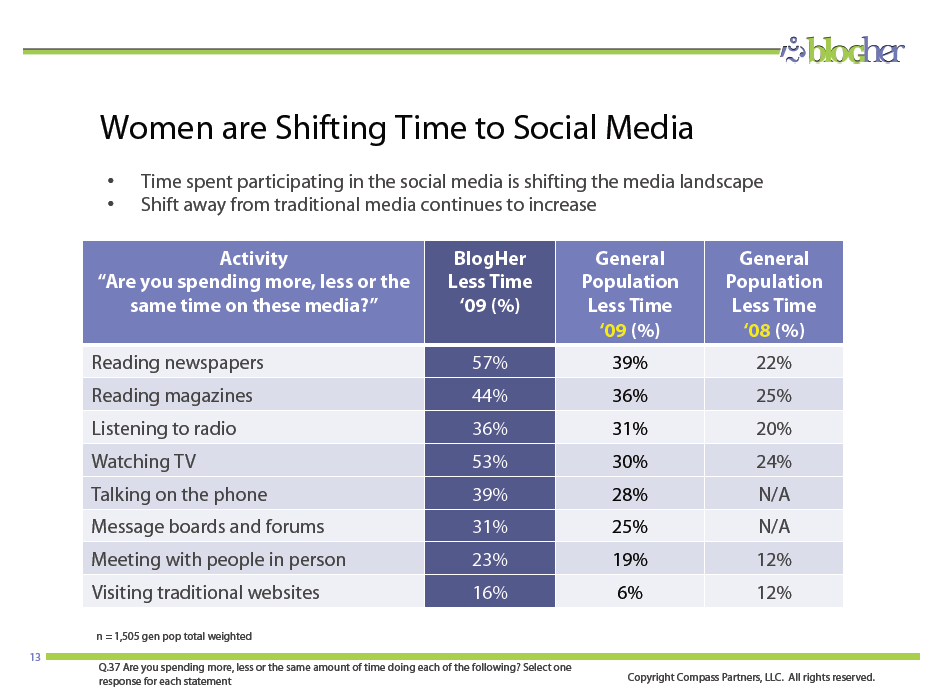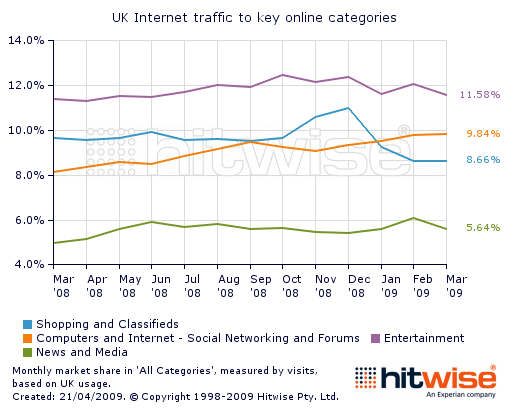Will the RT become a "killer" for positive blog comments?
 Sometimes it seems to be the right time to ask questions when some changes occur to your blogging activities. And I think now is the right time to ask the bloggosphere if they obey the following development as well.
Sometimes it seems to be the right time to ask questions when some changes occur to your blogging activities. And I think now is the right time to ask the bloggosphere if they obey the following development as well.
When I started my Twitter account, I at first did not know what kind of an institution the retweets (RT) could become in the future. Now I know. It creates a lot of buzz around the topics you write, you think, and you say.
For me the RT is the word-of-mouth catalyst. It is the ‘click and send’ – meaning “Thumbs up”…
Nevertheless, it seems that some people take the advantage of the RT to the disadvantage of the blogger. People are simply retweeting posts they like instead of commenting on them. When they agree to most of what you are saying, posts are simply retweeted. If they disagree or want to add something to your statements, they are more likely to write a comment.
Positive comments have become rare these days. Social media guru Alex Schultze once commented a post on my blog with the following metaphor…
“Reading a good post but leave no comment is like leaving a good waiter with no tip!”
I agree with him 100%. But in times when Twitter is surfing on the hype wave, I am asking myself if the RT will become a killer for positive blog comments?! Comments is the topping on the cake and is the idea behind social media as it creates engagement, dialogue and feedback from the target group.
Curious to listen to your thoughts about this topic… Want to share them?

 In our times of social networking, there is an experience that I make which is in some way amusing. In some way it is quite difficult to understand why people do what they do.
In our times of social networking, there is an experience that I make which is in some way amusing. In some way it is quite difficult to understand why people do what they do.


 Don’t we love to play this game with kids because we know how happy it makes them… Pick-a-boo. But as adults using social networks: What is it that makes us happy? Some weeks ago, I asked some friends of mine who in turn asked friends of theirs as well as their colleagues: What is the main benefitial feature of social networks? The most frequent answer that came up was the ‘Who has been on your profile lately’ feature which goes along the lines of ‘The Pick-a-boo’ effect.
Don’t we love to play this game with kids because we know how happy it makes them… Pick-a-boo. But as adults using social networks: What is it that makes us happy? Some weeks ago, I asked some friends of mine who in turn asked friends of theirs as well as their colleagues: What is the main benefitial feature of social networks? The most frequent answer that came up was the ‘Who has been on your profile lately’ feature which goes along the lines of ‘The Pick-a-boo’ effect.









